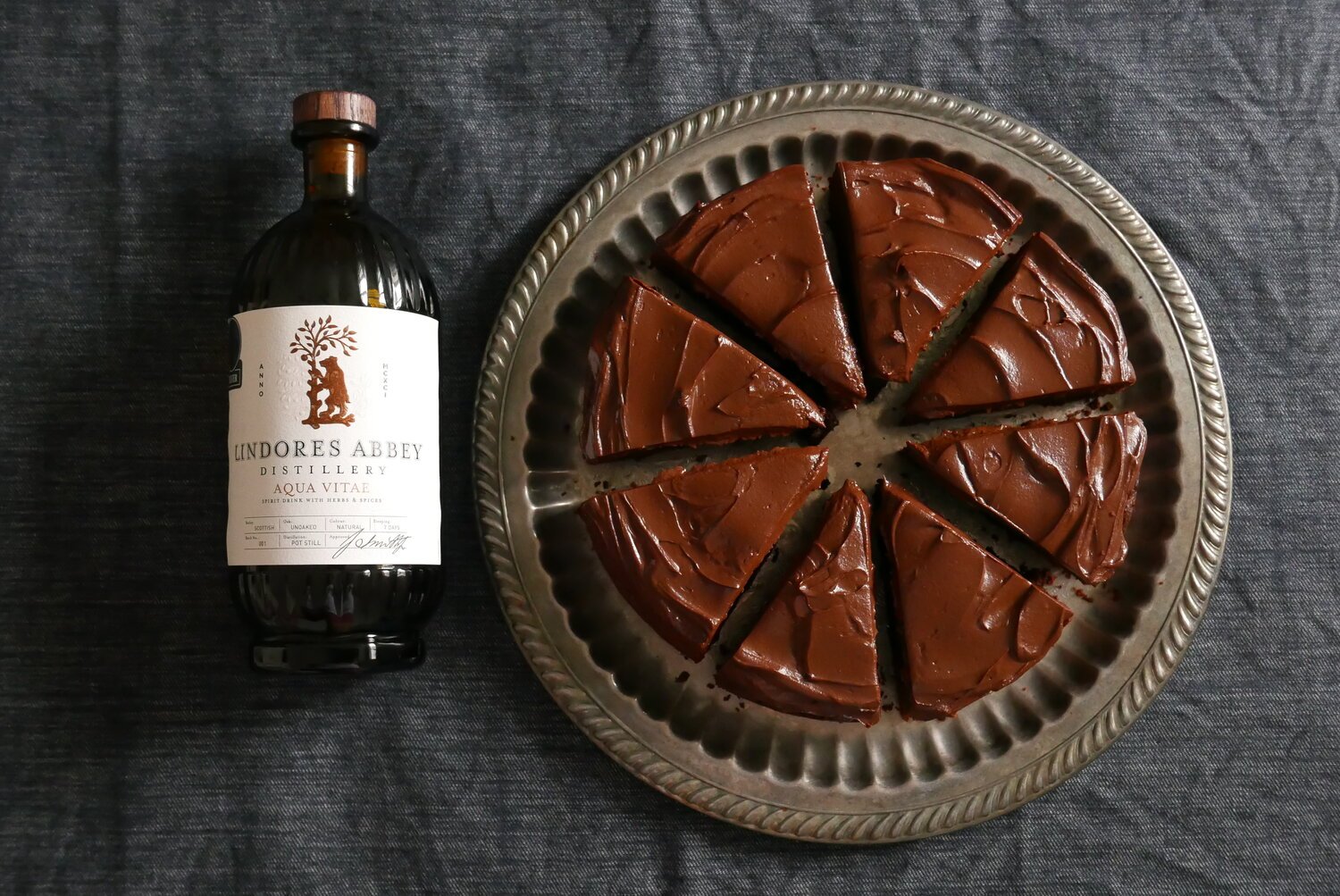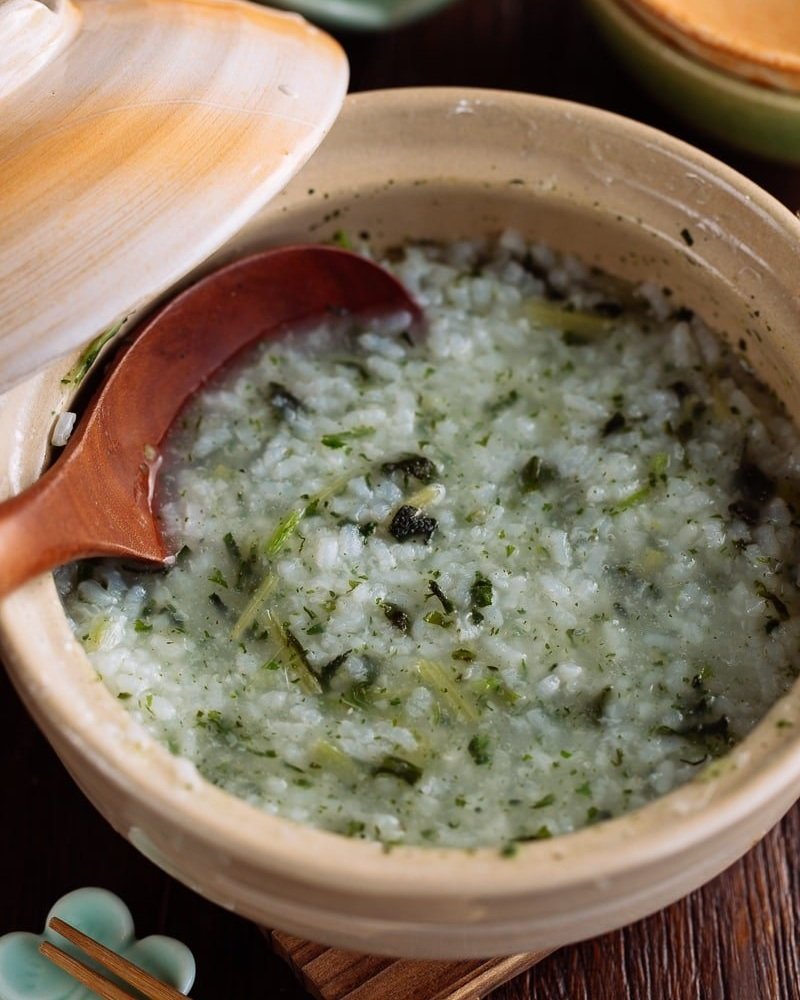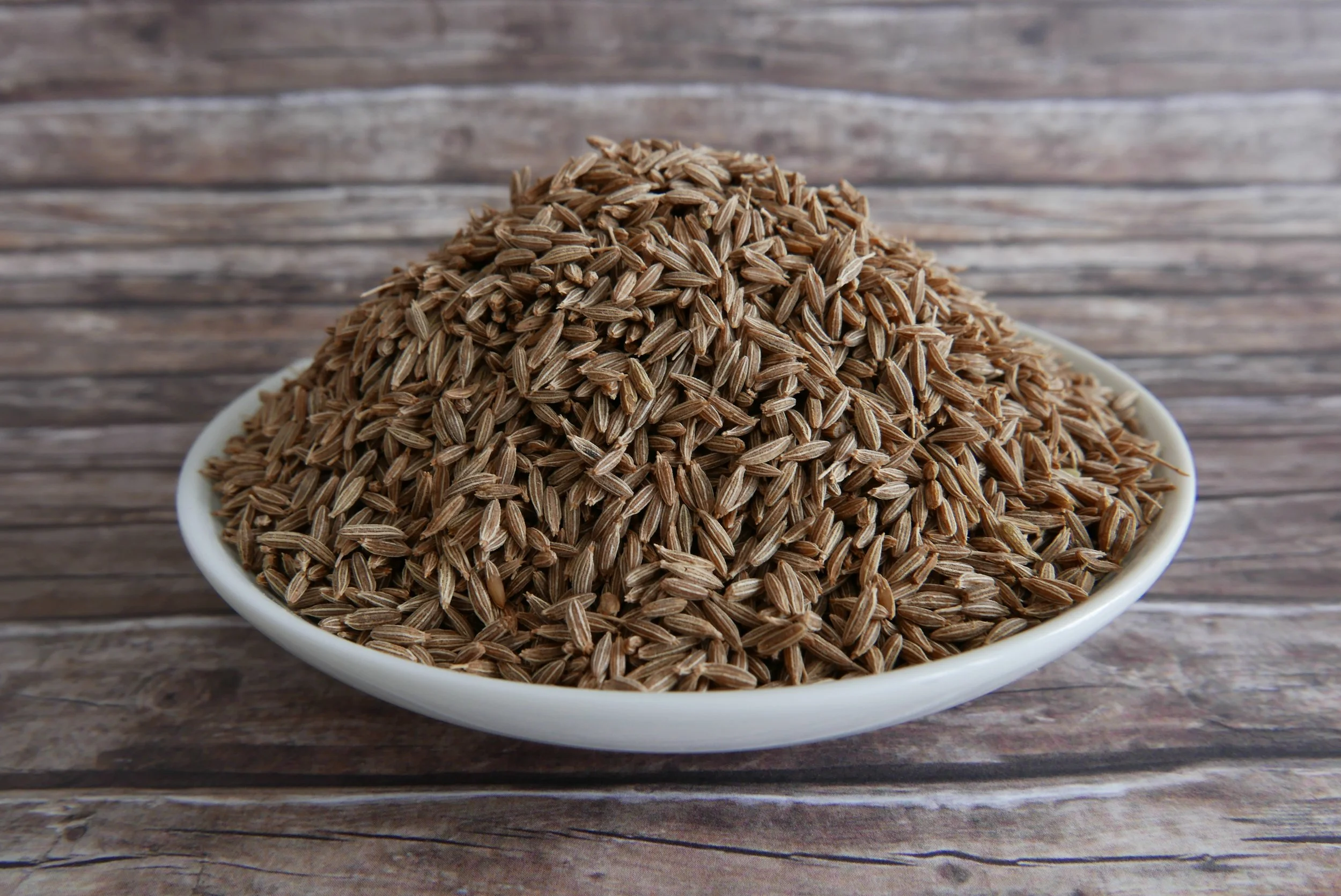explore the world through the universal language of food
Gula Melaka
Gula Melaka is a rich, caramel-like, unrefined sugar derived from the palm tree. It is named after the Malaysian state, Melaka, and is a common ingredient found in Southeast Asian dishes, in particular, sweets and desserts.
How is it made?
Made from the sap of the flower buds of the coconut palm, the first process of making gula Melaka is to tap the flower buds, making a small incision in the flower stalk, the sap is drained and collected. This sweet, unrefined liquid is also known as Neera, which is collected once or twice a day and cannot be kept unattended for some time as it is highly susceptible to fermentation. The Indigenous tribes that used to collect this sap learned that heating it to allow the water content to evaporate found longevity in this sweet and natural product. This process is a significant and lengthy process for the result of Gula Melaka, taking up to 7 hours. When the sap becomes a dark–syrupy colour and consistency, it is then poured into molds, traditionally bamboo or coconut shells are used for this. The syrup hardens, resulting in a firm, sweet block of Gula Melaka.
Gula Melaka travels the world
Gula Melaka accompanied spices and textiles from Southeast Asia through to India, China and beyond. Europe via trade routes. The most important was the Maritime Silk Roads that extended 15,000 km connecting the East to the West. They stretched from the western coastal areas of Japan to the Indonesian islands, around India and into the Middle East, and eventually the Mediterranean and Europe. Significant ports in Southeast Asia around the 15th and 16th Century were Malacca, Aceh, and Java. The European colonisation in the 16th Century, notably the British, Portuguese, and Dutch, also was a significant catalyst for moving this specialty sweet gold, gula Melaka, from Southeast Asia to Europe.
The dark, caramel taste and texture of pure Gula Melaka, make it a versatile ingredient that can be added to traditional cakes and desserts such as kueh, cendol, ondeh ondeh and sago puddings. It adds depth to sambals, sauces, and marinades.
A simple but pure ingredient that is steeped in tradition, brings together community and unique flavours for celebratory dishes, everyday enjoyment and sweet indulgence.
Hello
SOME SWEET RECIPES…..
Congee Around Asia
My memory was jogged today as I positioned myself in front of the laptop to write about the time I sat and savoured a bowl of Cháo Sườn (pork rib rice porridge), on a small plastic stool by the busy roadside in the Old Quarter, Hanoi.
A simple pot of rice porridge was being stirred over coals by an old Aunt and as she stirred the simmering rice, glimpses of pork emerged to the surface. She scooped a good ladle or two of it into a plastic bowl, covering the freshly cracked egg, and then topped it with scissor-cut fried dough sticks (quẩy) and a generous helping of pork floss (ruốc)
The honking symphony of the scooters, the footsteps of tourists and the chatter of the Vietnamese vendors around the street stall was a simple and raw setting, just as street food should be enjoyed. I found stillness and comfort in eating this centuries-old dish that has been made in a multitude of households and countries since its first documented recordings during the Zhou Dynasty (1000BC).
‘Congee’ is a derivative of the Tamil word ‘Kanji’ that was since changed by the Portuguese and came full circle to be known as Zhou/Congee. It is one of the simplest dishes you will find on your travels throughout Asia, yet every person who cooks it in every country puts their spin on flavours, and textures from lugaw arroz caldo in the Philippines, bor bor in Cambodia, kanji in India, or chok/jok in Thailand.
What is Congee?
Congee is a savoury rice porridge that is made by boiling rice in water or bone broth until the grains are completely softened and can still either be recognised, or they have been cooked down to resemble a type of white gruel. In some parts of Asia, it is also made with other grains such as millet, sorghum and barley. Congee is a dish that has been used to feed those in famine or settle an upset stomach and can be eaten at any time of the day. In Asia, rice porridge is popular for breakfast and can also be eaten as a side dish. The texture and individuality of a congee or rice porridge are in the base broth, type of rice/grain used, meat, toppings and finishing sauces and herbs.
China
Congee in China varies from region to region due to the availability of grains and ingredients. Cantonese congee in Guangzhou uses white rice and is decorated with century egg, beef, fish, or salted pork and peanuts with white pepper and soy sauce. Teochew porridge is light, and the rice grains remain separated and is served alongside small cooked and pickled side dishes of meat and vegetables. Hakka rice congee combines glutinous rice with white rice and contains heavier flavoured proteins such as pork belly and dried cuttlefish. The congee of Shanghai combines both rice and grains (usually millet), and is eaten with preserved vegetables, shredded tofu skin, and pork.
A significant type of congee is Laba, which is a traditional congee eaten on the eighth day of the twelfth month in the Chinese calendar and contains grains, beans, nuts, and fruit.
Laba Congee
Credit: Omnivore’s Cookbook
Cambodia
Cambodian borbor is more of a rice soup than a porridge where the grains of rice, usually Jasmine, swim around the bowl separately to take on the flavour of the stock which is commonly made from either pork or chicken.
The umami broth is sometimes boosted by dried preserved seafood and a pinch of MSG.
Borbor can be topped with shredded Khmer chicken (link to Khmer chicken), pork or even fish. It is optionally served with cha kway (fried dough sticks) and all the typical Cambodian condiments which adorn each table of any eatery (lime, fermented soy beans, pickled fresh chillies, red chilli sauce). Pair bor bor with an iced local coffee and you are set for the rest of the day.
Learn a little bit more about Cambodian bor bor HERE.
Nanakusa Gayu (7 herbs rice porridge)
Credit @justonecookbook
Japan
Japanese Okayu is a rather thick rice porridge that is usually made with polished short-grain white rice or sushi rice known as hakumai. The Japanese have used okayu for feeding babies, the elderly and also individuals with digestion issues. Some ingredients such as roe, salmon, umeboshi or egg can be added to okayu and the both is sometimes flavoured with dashi or miso. Influenced by the Southern Chinese tradition of preparing soup with 7 vegetables on the 1st Chinese calendar month, the Nanakusa no sekku (festival of the seven herbs), uses seven herbs in the Okayu and is known as Nanakusa-gayu.
Indonesia
Indonesia’s bubur ayam is a congee that takes your palate on a journey of flavours and textures. It breaks the mould of traditional rice porridge and is an extremely popular street food throughout Indonesia, particularly for breakfast. Each region in Indonesia has its own variations, but it is essentially a strongly flavoured chicken rice porridge. Shredded chicken is added, along with a myriad of textures and tastes such as roasted peanuts, fried scallions, green onions, cakwe (fried dough sticks), kerupuk (crackers), soy sauce, sesame oil and sometimes fish sauce. . It is not known as a spicy dish, however, there is always a little bit of sambal that is served on the side.
Thailand
Thailand’s Chok/Jok is an extremely smooth porridge that uses broken Jasmine rice and typically uses either pork (jok moo) or chicken (jok gai) to flavour it. The rice is cooked with water until an oatmeal consistency and gathers flavour, texture and colour from ingredients of pork meatballs and offal or chicken, soft-boiled egg, fried garlic, thinly sliced ginger, spring onions, a dash of soy sauce and a dusting of white pepper.
Philippines
Lugaw is the umbrella term for the Phillipino version of rice porridge which can be savoury or sweet and use a variety of meats such as chicken, beef, pork fish and frog. The sweeter versions of lugaw contain chocolate (champurrado) or corn (ginataaing mais).
Lugaw arroz caldo is the chicken version that uses sticky rice to make the porridge. The rice is seared in oil with the rice, ginger, garlic and onion and then brought to a simmering boil until the grains have broken down into a soupy texture. Arroz caldo is tinctured with a saffron like colour that is imparted by kasubha (dried safflower).
The extremely savoury, meaty arroz caldo is topped with fried garlic, boiled eggs, spring onions, a splash of fish sauce and a generous squeeze of calamansi.
Chicken Arroz Caldo (Philippines)
Credit @panlasangpinoy
Chok/Jok from (Thailand)
Paal Kanji (India)
Credit @yummytummyaarthi
India
In the vast country of India, many types of Kanji or rice porridges use a variety of rice and including lentils or beans. Other ingredients used in Indian kanji include milk, curd, and coconut as well as a finishing touch of tempered herbs, spices or chillies. A rice porridge known as khichdi is a mixture of rice and moong dal and has been used as a prescription food for centuries in Ayurvedic medicine.
Vietnam
Vietnam’s Cháo is extremely simple, yet one of my favourite rice porridge dishes in the region and comes in many varieties. It is cooked predominately with short-grain rice and water until it is a medium-thick consistency where the grains have completely broken down. Chao can contain pork offal, duck, mushroom, pork meatballs and mushrooms. It is dressed with meat floss to give an airy and chewy texture, partially cooked egg, green onions, crispy garlic, century egg, and soy sauce.
It is essential to pair it with quay (fried dough) to dip and wipe every last morsel of this tasty dish that is served not only for breakfast but throughout the entire day for sustenance and absolute pleasure.
The history of congee is extensive and its popularity in so many countries that have adopted this simple and humble dish and made it their own is a testament that it is one of the ultimate comfort foods that can make you feel better and transport you to a place of happiness and content in both your belly and your tastebuds.
Wherever you travel in Asia, make sure you seek out a bowl of congee, and if you aren’t travelling anytime soon, you can always make this simple fish congee recipe using Hong Spices white pepper seasoning.
Hello, World!
Cháo Sườn in Hanoi
A Short History of Cumin
As I was making my Sunday rounds at the markets, I spotted a beautiful bunch of baby carrots and immediately I just wanted them to roll around in a warm bath of salted butter, cumin, and a titch of honey. So that’s just what I did.
Cumin is not only my favourite spice, but also a historically important one that has been used for thousands of years. Despite some articles you may have read, cumin, the brown little wormy-looking seeds, which are readily available in markets and supermarkets, is not the same spice used in the mummification process of ancient Egypt. This type of cumin is known as Nigella Sativa or black cumin and has nothing to do with the brown cumin that is common in Latin, Indian, and Middle Eastern cuisines.
From feasts in northern Iraq around the 9th Century to Ancient Greece and the Roman Empire, cumin has been documented to be used widely as a flavouring and natural medicine to cure or ease a variety of ailments such as digestive problems. From its origins in Mesopotamia, cumin moved through Europe as a spice, a medicine, and even as a currency in Medieval England where it was used to pay rent.
The Colombian Exchange, instigated by Italian Explorer Christopher Columbus began in the late 15th Century and initiated the transference of many food products from the old world to the new and vice versa. Animals, plants, cotton, sugar, and spices were some of the products that were traded along this route, cumin was one of them that made the voyage and embedded itself into a variety of cuisines in the Americas.
Despite being known as a spice, the cumin seed is actually a fruit derived from a small flowering plant technically known as Cuminum cyminum and is from the same family of dill, parsley, and carrot (no wonder they go so well together!).
The ‘roasty’ flavour of cumin has a slightly citrus tang on the tongue combined with warmth like cinnamon and invites complimentary spices like coriander, chilli, and turmeric. It is commonly used in savoury dishes but adds a wonderful layer of flavour to sweet dishes as well.
It is a small but powerful seed that helps stimulate digestive enzymes, aids the body in absorbing minerals, and is also known as an anti-inflammatory. Hot cumin water with a dash of honey is a wonderful way to start the day. It is also an element of modern-day pharmaceuticals and is used in aromatherapy.
From Mexico to India, Greece, and Turkey, cumin is one of the most widely used spices in cuisines around the world and adds a unique profile to any dish whether it be a soup, tagine, salad, or even tea!
Cumin is predominately grown in India, providing 70% of the seed to the world, however, it is also cultivated in North Africa, Turkey, the Mediterranean, Mexico, and the Middle East.
Cumin was and still is an extremely important commodity that can be grown in arid to semi-arid terrain, which allows it to be subject to sustainable agricultural practices. It is, however, an extremely labour-intensive crop that is usually hand harvested 120 days from when the seed is planted.
As with all ingredients put down before us, we should celebrate the history and the people who made it possible for us to be exposed to such diverse ingredients wherever we are in the world. Cumin, one of the first written recorded spices in the world is a special one and I encourage you to experiment with incorporating it in a recipe or two, enabling you to understand its wonderful flavour, warmth, and diversity.





















